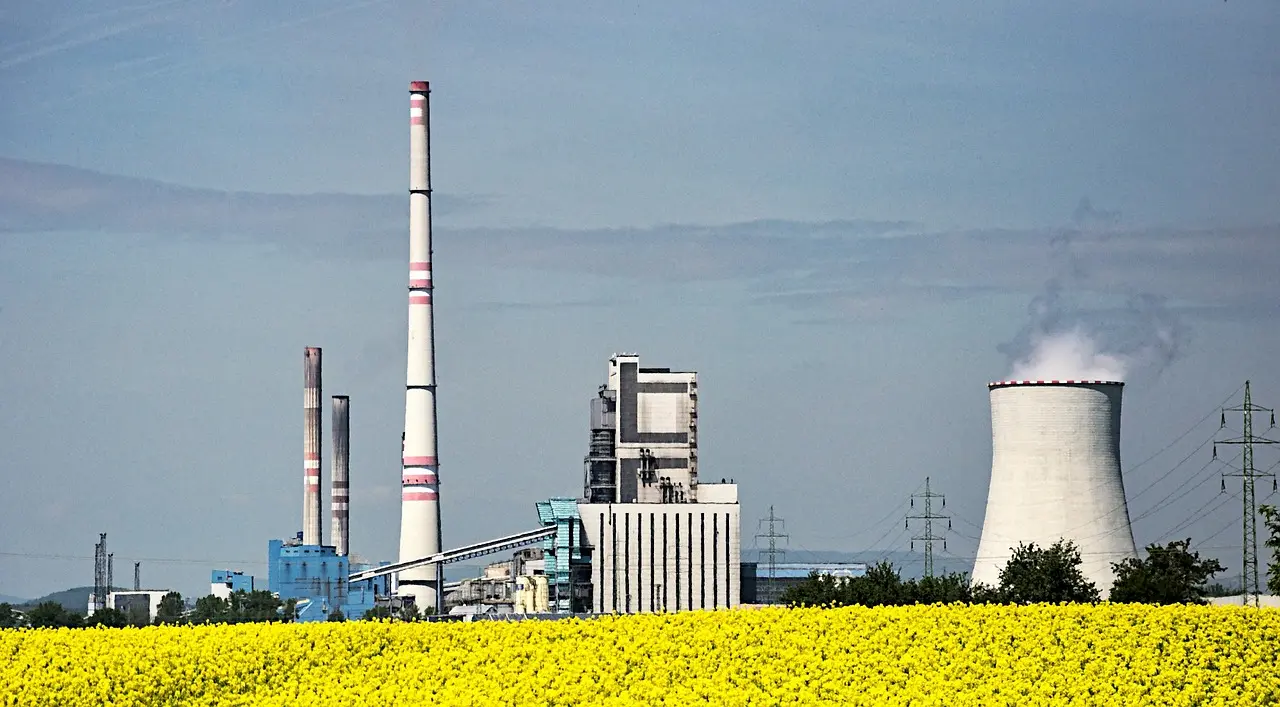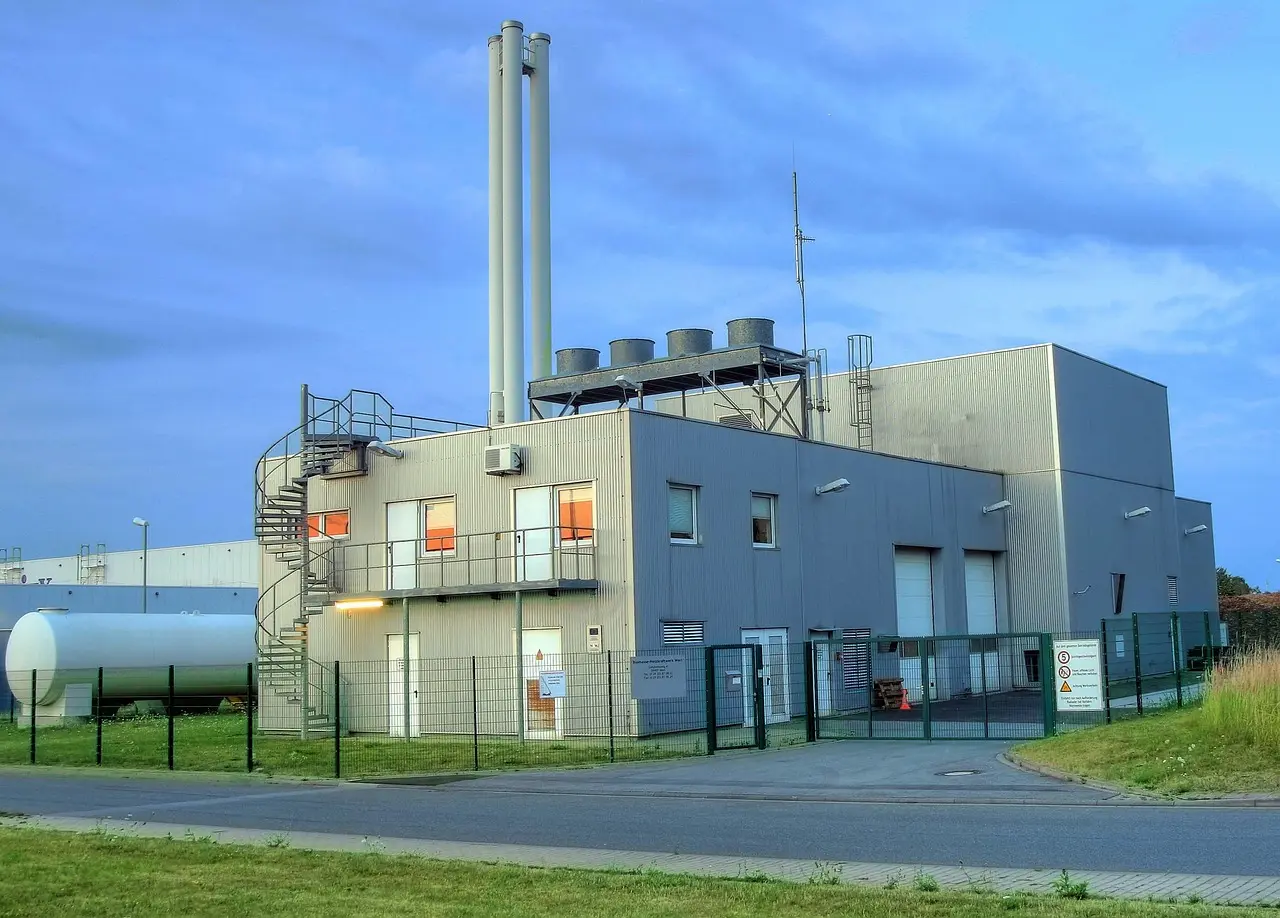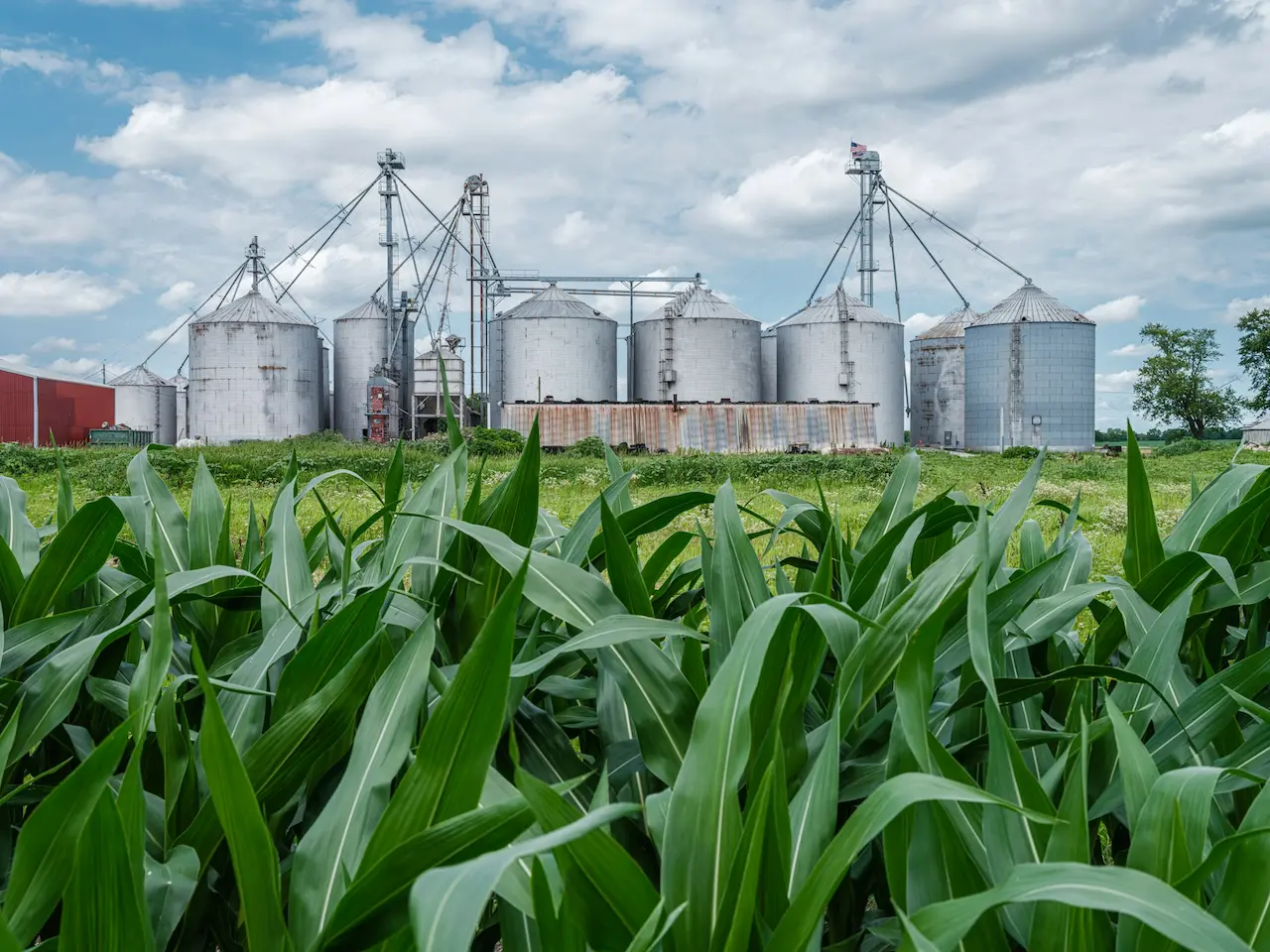Biomass Energy in Australia holds great promise as a clean and abundant source of renewable power, capable of meeting the country’s energy needs sustainably while reducing emissions and supporting local economies. Solar energy is also a major player in the fight against climate change, as it converts abundant sunlight without emitting harmful emissions into clean electricity. Solar energy is a reliable, scalable, and cost-effective solution to power homes, businesses and communities. It also supports a stable, resilient, and sustainable energy grid.
Solar energy growth also has economic benefits, including lower costs, favourable policies and the creation of jobs in various sectors. Self-generation of electricity and the sale of surplus power can reduce bills and promote energy independence. Expanding renewable energy sources such as solar and biomass is crucial for Australia’s move towards a low-carbon energy future. It will also help to increase economic growth and ensure the long-term security of energy.

What is Bioenergy?
Bioenergy is renewable energy produced by converting biomass (organic materials) into useful power sources such as heat, electricity and biogas. Biomass is a broad range of materials, including plant matter and organic waste from homes and industries. Bioenergy is sustainable because it can be produced from materials that are replenished over time. Biomass is also a term that describes some of the components in municipal solid waste, which can be burned. This provides an environmentally friendly method to reduce landfill usage.
How can Biomass be converted into energy?
The conversion of biomass to energy is dependent on the raw material, the size of your facility and the energy type you want. There are many technologies that can be used to convert biomass. Each is suited for different feedstocks or energy goals. The most common methods are combustion, gasification, pyrolysis, anaerobic digestion, fermentation, and the transesterification method. The different technologies available allow for the flexible use of different types of biomass to generate energy.
Biomass conversion can produce valuable byproducts, which are then used in a variety of industries. These processes can produce renewable bitumen, biomass-based cement, and other materials that contribute to sustainable construction. Bioenergy has many environmental benefits, including reducing greenhouse gases when fossil fuels are replaced, improving waste disposal by diverting organic materials from landfills and supporting rural economies by creating jobs and using resources. Bioenergy can also improve air quality through cleaner combustion alternatives. Bioenergy is a multifaceted solution to sustainability that combines energy production and environmental and economic benefits.
How are Biofuels produced from Biomass?
Biofuel production begins with biomass. This typically involves cultivating crops or plants rich in sugars or starches or oils. The plants that are used to produce biofuels include sugarcane, corn and oilseeds. These crops are typically grown in farms, just like other crops.
After the plants are mature, they are harvested. This means that the crops are collected and ready for the next step. The biomass is processed to extract its valuable components after harvesting. Sugar-rich plants are crushed or ground to release sugars. Oil-rich crops can be pressed in order to extract oil.
The sugars and oils extracted are converted to fuel using various chemical or biological processes. Fermentation is a common method in which sugars are combined with microorganisms like yeast or bacteria. The microorganisms will consume the sugars and, as a result, produce alcohol such as ethanol. After fermentation, this mixture is then subjected to a distillation process, which uses heat to separate alcohol from other substances.
Biofuels may be refined further to remove impurities, improve their quality and performance and enhance their performance. Biofuels can be blended with other fuels, such as gasoline or diesel, to make mixtures that are suitable for vehicles. This ensures compatibility with the existing infrastructure and engines.
Biofuels can be created simply by growing plants and extracting their useful components, then converting them into fuels to power vehicles. This is a renewable option to fossil fuels.

The Different Types of Bioenergy Technologies
Biofuels:
The liquid fuels, such as biodiesel and ethanol, are produced by converting biomass to forms suitable for use in vehicles. These renewable fuels are alternatives to gasoline and diesel. They help reduce greenhouse gas emissions and decrease dependency on fossil fuels.
Biopower:
The technologies of Biopower generate heat and electricity using biomass. This is done through three processes: combustion, bacterial decomposition and chemical or biochemical conversion. This energy is used to power homes, businesses and industries, while also contributing to a cleaner supply of energy.
Bioproducts:
Beyond energy, biomass is also capable of being transformed into chemicals that are used in the production of plastics and materials traditionally derived from petroleum. Bioenergy can be used to create products that are more environmentally friendly by replacing petroleum-based ones.
Australia is home to a variety of feedstocks (also known as bioenergy resources) that can be used in different ways to convert them into electricity, heat and biofuels. Estimating the full potential is difficult because these resources are already used in manufacturing, food production and animal feed. These commodities, like grain, sugar, saw logs, and pulpwood, are already committed to existing markets. While they could be redirected towards bioenergy, this may not always be the most efficient or sustainable use of materials.
Australia’s bioenergy potential is still considerable, despite these limitations. Underutilised resources include crop residues and waste from plantations, forests, and other sources. The possibilities of biomass feedstocks are increasing with the advent of new technologies, particularly second-generation methods for bioenergy. This includes modified crops, tree species that have been specially cultivated, and algae. The feasibility of a resource is dependent on factors such as moisture content, location and conversion process. Sustainability considerations range from concerns over diverting food crops to the effects of climate variability and waste.
The amount of biomass that can be used for energy is heavily influenced by its economic value in comparison to other uses and the environmental impacts of removing biomass. The retention of some biomass in the soils helps to maintain soil structure and moisture. The market dynamics, such as oil prices and global demand, will determine whether biomass is used to produce biofuels or electricity. If bioenergy is more valuable, for example, sawmill waste or pulpwood that would normally be used to make garden products or papers could be diverted into energy production. To responsibly develop Australia’s Bioenergy Sector, it is important to balance these economic, social, and environmental factors.
The Future of Australia’s Bioenergy
Australia is home to a variety of feedstocks (also known as bioenergy resources) that can be used in different ways to convert them into electricity, heat and biofuels. Estimating the full potential is difficult because these resources are already used in manufacturing, food production and animal feed. These commodities, like grain, sugar, saw logs, and pulpwood, are already committed to existing markets. While they could be redirected towards bioenergy, this may not always be the most efficient or sustainable use of materials.
Australia’s bioenergy potential is still considerable, despite these limitations. Underutilised resources include crop residues and waste from plantations, forests, and other sources. The possibilities of biomass feedstocks are increasing with the advent of new technologies, particularly second-generation methods for bioenergy. This includes modified crops, tree species that have been specially cultivated, and algae. The feasibility of each resource is dependent on factors such as moisture content, location and conversion process. Sustainability considerations range from concerns over diverting food crops to the effects of climate variability and waste.
The amount of biomass that can be used for energy is heavily influenced by its economic value in comparison to other uses and the environmental impacts of removing biomass. The retention of some biomass in the soil supports soil structure and moisture retention. The market dynamics, such as oil prices and global demand, will determine whether biomass is used to produce biofuels or electricity. If bioenergy is more valuable, for example, sawmill waste or pulpwood that would normally be used to make garden products or papers could be diverted into energy production. To responsibly develop Australia’s Bioenergy Sector, it is important to balance these economic, social, and environmental factors.



